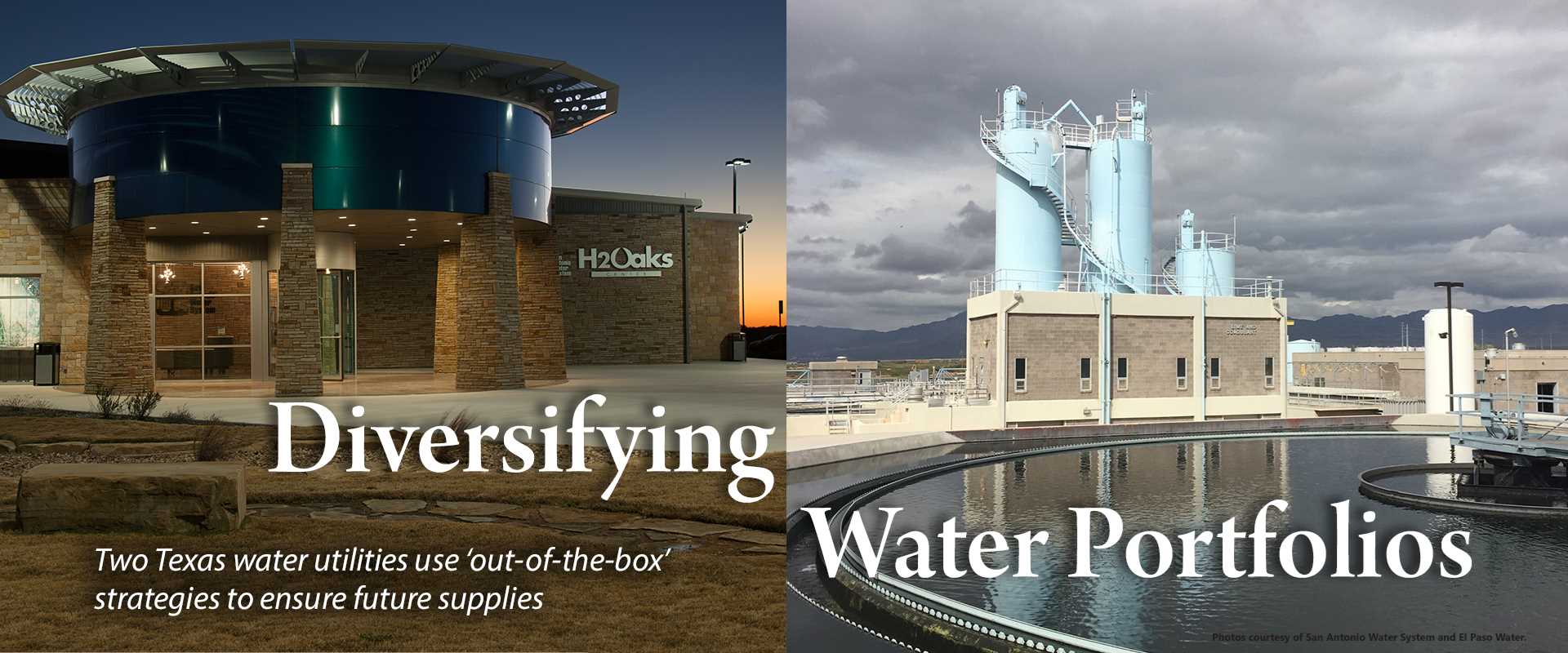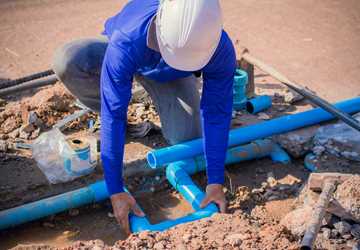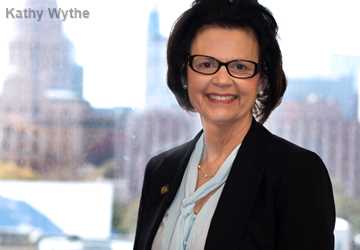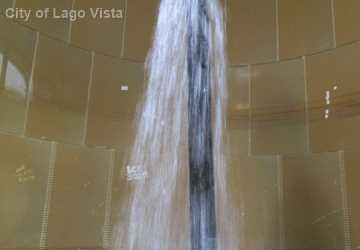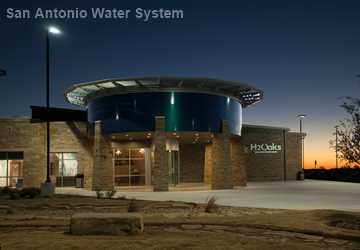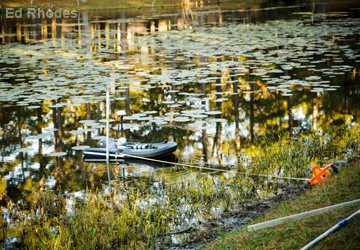Two Texas water utilities, in cities miles apart and geographically different, rely on similar and diversified water management strategies to supply enough water to their growing populations.
El Paso, at the furthest western tip of Texas situated in the Chihuahuan Desert, began in the early 20th century to diversify its water portfolio. San Antonio, in south-central Texas, wasn’t faced with the need to expand until 20 years ago, when its sole source of water, the Edwards Aquifer, became regulated with limits to its withdrawal.
Both are known in the water world as leaders in innovation strategies and aggressive conservation.
San Antonio: game-changing strategies
For years, the Edwards Aquifer, one of the most productive aquifers in the United States, supplied San Antonio residents with their water. Once the aquifer became regulated by the Edwards Aquifer Authority, the San Antonio Water System (SAWS) began looking for new water sources to reduce its reliance on the Edwards. While the aquifer is still the utility’s main source, providing 80 percent of its water in 2018, the utility now draws water from eight sources through 15 different projects.
El Paso Water and San Antonio Water System rely on similar and diversified water management strategies to supply enough water to their growing populations.
More information
- Texas+Water's talk+water: Darren Thompson, San Antonio Water System
- Texas+Water's q+a: John Balliew, El Paso Water
Want to get txH20 delivered right to your inbox? Click to subscribe.
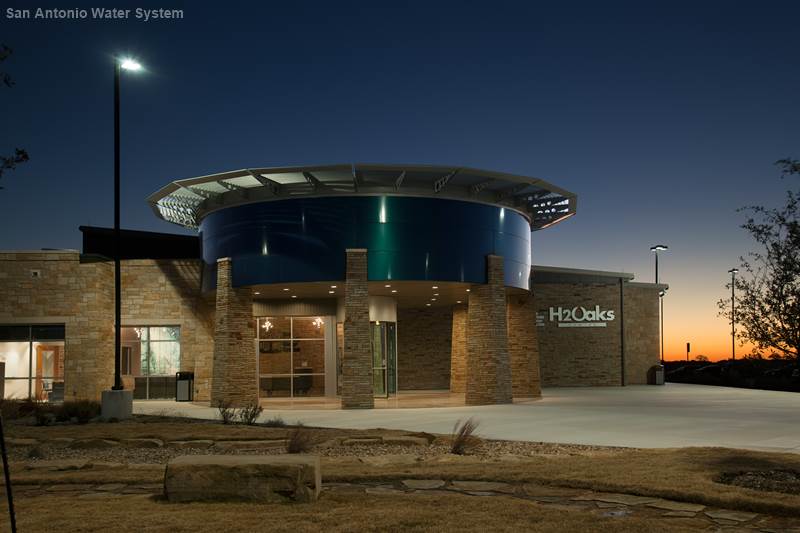
New sources include surface water from Medina Lake, Lake Dunlap and Canyon Lake and groundwater from the Trinity Carrizo and Lower Wilcox aquifers.
SAWS also uses reclaimed water to further reduce its dependence on the Edwards. In 2001, SAWS completed the first phase of its purple pipe system to recycle treated wastewater for irrigation and industrial uses.
SAWS’ purple pipe system is the largest direct reuse system in the country, according to Darren Thompson, SAWS director of water resources. “It has the capacity to deliver about 25,000 acre-feet (8.146 billion gallons) a year to our customers,” he said.
Thompson said transitioning golf courses and industries from using potable, or drinking, water to using recycled water maximizes SAWS’ use of drinking water. “We didn’t want to use potable water on golf courses,” he said.
In most years, SAWS doesn’t use all its permitted water from the Edwards and saves this water to use during dry summers or droughts. The utility stores the excess water in the Carrizo Aquifer in south Bexar County through a process called aquifer storage and recovery (ASR). SAWS’ ASR facility is the largest groundwater-based facility in the nation.
During the record-breaking drought between 2011 and 2014, SAWS recovered more than 50,000 acre-feet (16.202 billion gallons) of stored Edwards water, according to its website.
It also operates a desalination plant, treating brackish, or salty, water from the Lower Wilcox Aquifer through reverse osmosis. The plant has the capacity to produce about 12 million gallons of drinking water a day.
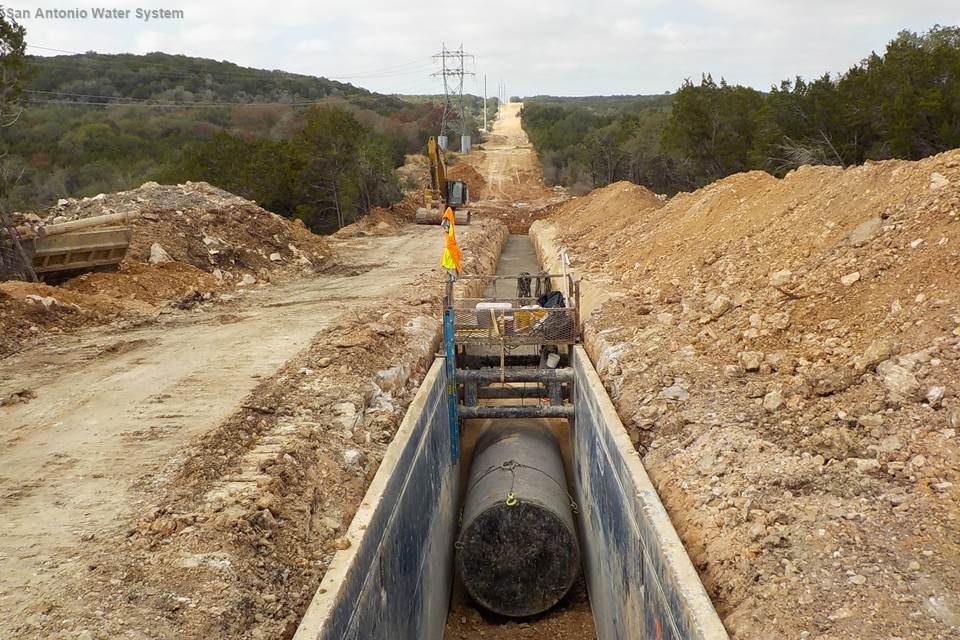

The newest addition to SAWS’ portfolio will come online in April 2020. The Vista Ridge Pipeline project, a public-private partnership, is a 142-mile pipeline that will transfer 50,000 acre-feet (16.202 billion gallons) of groundwater a year from the Simsboro and Carrizo aquifers in Burleson County to SAWS.
Calling the Vista Ridge project a “real game changer,” Thompson said it will provide the largest amount of non-Edwards water in SAWS’ portfolio. “In the past we have developed water sources locally within Bexar County and adjacent counties before reaching out within the region,” he said. “When Vista Ridge comes online, it will ensure water security into the 2040s.”
Each of the different water management strategies, Thompson said, fits a need and has a reason to be developed.
He likened the utility’s diversification strategy to someone planning for retirement and diversifying their investments. “You want to make sure each one of those investments fits a need,” he said. “You don’t want to have everything in one basket. Some of SAWS water sources are more susceptible to drought, and some sources are very stable and dependable.”
Thompson said the regulation of the Edwards in the 1990s actually turned out to be advantageous to SAWS. “If the Edwards Aquifer was never regulated, then those out-of-the box activities might not have happened or not happen as early,” he said. “When you go from an unlimited source of water to one that is regulated and you don’t have enough of it to meet future demands, you tend to get very creative and maximize what you do have.”
If the Edwards Aquifer was never regulated, then those out-of-the box activities might not have happened or not happen as early. When you go from an unlimited source of water to one that is regulated and you don’t have enough of it to meet future demands, you tend to get very creative and maximize what you do have.
El Paso: proactively prepared
El Paso Water also prides itself on its range of different water supplies and its water reuse.
Currently, 40 percent of its drinking water supply comes from the Rio Grande, with 55 percent from Hueco Bolson and Mesilla Bolson aquifers and 5 percent from desalination. However, it is how the utility is using — and reusing — the water that makes it one of the most progressive water utilities in the country.
“Because we live in the desert and because we are limited in water supply, we have always had to diversify, and that began decades ago,” said Christina Montoya, El Paso Water’s communications and marketing manager. “Our strategy is not waiting until we have to do something; it’s diversifying and being proactive.”
As early as 1963, El Paso Water operated a wastewater treatment plant that took effluent, or treated wastewater, and distributed the nonpotable water to a local golf course for irrigation. Today, the utility operates four wastewater reclamation plants and supplies about 5.83 million gallons of reclaimed water a day to golf courses, sports fields, construction sites and others. Currently, 32 percent of El Paso Water’s reclaimed water is used for irrigation, 33 percent for industrial processes, 34 percent for aquifer recharge and a small percent for construction.
El Paso Water’s Fred Hervey Plant also treats wastewater to drinking water quality standards, and about 30 billion gallons of the reclaimed water has been recharged into the Hueco Bolson.
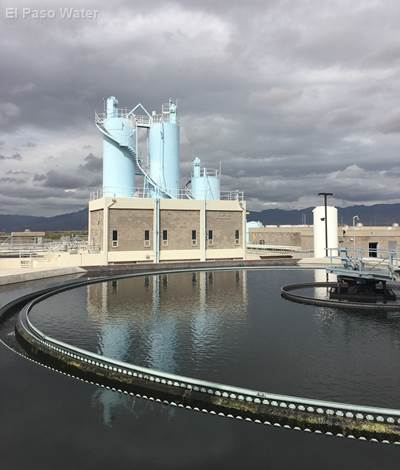
El Paso Water’s smallest but most famous supply of water comes from the Kay Bailey Hutchison Desalination Plant, the world’s largest inland desalination plant. It opened in 2007 as a joint project of the utility and U.S. Army’s Fort Bliss. It treats brackish groundwater pumped from the Hueco Bolson by reverse osmosis to produce drinking water.
The plant has the capacity to produce 27.5 million gallons of freshwater a day, increasing El Paso Water’s freshwater production by approximately 25 percent, according to the utility.
In 2017, El Paso Water began a partnership with Enviro Water Minerals, which plans to recover minerals discharged in wastewater from the desalination plant. The company will separate the waste concentrate into high-purity, industrial-grade mineral products. Water extracted from the process will be returned to El Paso Water and will increase water production at the desalination plant by more than 2 million gallons a day at full capacity.
The utility has already piloted direct potable reuse that brings treated wastewater up to drinking water standards and then returns it directly into the drinking water distribution system. It plans to put its Advanced Water Purification Facility online within the next five years, according to Gilbert Trejo, El Paso Water’s chief technical officer.
“That is really the next logical step in our water reuse program,” Trejo said.
Trejo said the facility will be the first pipe-to-pipe system in the nation. Other communities have sent treated wastewater through a purification process, only to treat it again in a surface water facility before it enters the distribution system.
Our strategy is not waiting until we have to do something; it’s diversifying and being proactive.
“I think it’s very exciting for El Pasoans to know that what we’re doing here in El Paso is going to change the water industry,” Trejo said. “The water community knows and understands that these treatment processes treat the water and produce very high quality water. It’s a matter of which community is going to be the first one to have absolute trust in its water utility and in the water to drink it. And that’s what we’re about to do here in El Paso.”
Aggressive conservation
Both utilities have aggressive conservation programs that help extend the life of the other water sources.
Karen Guz, SAWS director of conservation, said SAWS relies on three strategies: education and outreach, reasonable regulation and incentives for the utility’s conservation program.
“The mix of programs offered has evolved over the years as we have completed some efforts such as eliminating high-flow plumbing fixtures,” Guz said. “Today the utility has a wide range of programs to help residential and commercial customers be water efficient.”
SAWS incentives include residential outdoor and commercial rebates, such as WaterSaver Coupons to help customers transform their grass landscapes to resilient designs that match their individual tastes and home styles.
Both utilities have ordinances that restrict landscape watering during certain times; SAWS’ is tied to the water levels in the Edwards; El Paso Water has a year-round watering schedule with restrictions on what days residents can water, and from April 1 to September 30, what time of day they can water.
Since the 1980s, El Paso Water customers have reduced per-person water consumption by 35 percent, according to its website. This savings was accomplished through a combination of conservation programs that emphasized educational outreach to schools, incentives to change how customers use water and enforcement to ensure compliance with the city conservation ordinance.
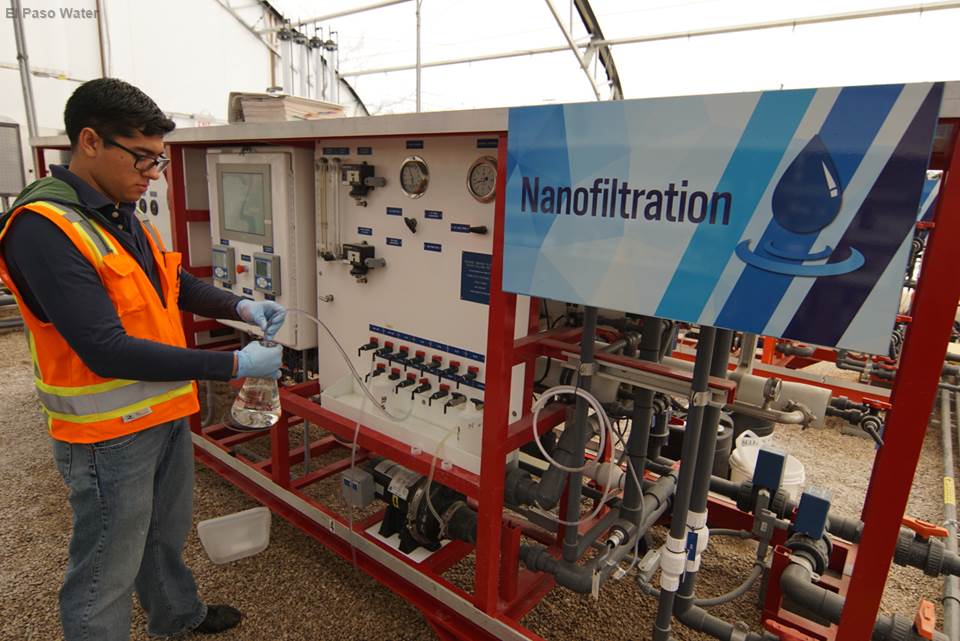
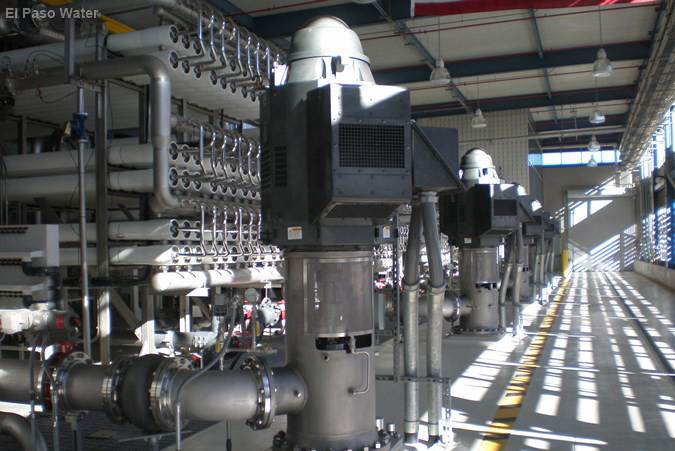
Communication, education keys to success
While both utilities have similar and diversified strategies, they also have similar governmental organization and philosophies that have helped them succeed.
Both SAWS and El Paso Water have their own board and operate independently from their respective cities.
Connecting with the community through education and communication is a priority for both utilities.
Guz said the utility has been out in the community and in schools for decades.
“The impact was brought home to SAWS recently when we realized our newest conservation planner was introduced to water efficiency ethics through our school-aged programs years ago,” she said.
Montoya said El Paso Water has also communicated to its customers about the reasons for diversification and the need to add nontraditional water supply sources, such as the desalination plant.
“We’ve always talked to our customers about the need to diversify living in a desert,” Montoya said, “so we’d have their support.”
As the plans started on the Advanced Water Purification Facility, Montoya said the utility immediately started communicating with its customers. It conducted a survey to find out how its customers felt about this new water source.
“We were very pleasantly surprised that about 84 percent of those surveyed were okay with accepting that type of a new water supply,” she said, adding that the more people knew about the technology and understood the process, the more the project’s acceptance grew.
Montoya said El Paso Water adds diversified solutions to its portfolio to make sure that if one water supply is not available, it will be able to supplement with another source.
“For example, in 2013, when we had the drought and our river water supply went from 40 percent to probably about 5 percent, we had to really use the desalination plant at high capacity and pump a lot of our wells,” she said. “Because we have those alternate sources, we were able to keep meeting demand.”
In the early 1990s, when our only source of water at the time was becoming heavily regulated, there was some shock about what we would have to do. But as a result, we were able to implement education and conservation programs, incentives and ordinances to create a conservation ethics in San Antonio, so now it is really in our blood.
Anne Hayden, SAWS communications manager, said San Antonio had to face the challenges of water issues much earlier than most areas in other parts of the country.
“In the early 1990s, when our only source of water at the time was becoming heavily regulated, there was some shock about what we would have to do,” she said. “But as a result, we were able to implement education and conservation programs, incentives and ordinances to create a conservation ethics in San Antonio, so now it is really in our blood.”
Transparency is also a key to success.
“The more the community knows and the more we show them, the more confident they are that we can provide them with clean and sustainable water now and in the future,” Thompson said.
Explore this Issue
Authors
As the former communications manager for TWRI, Kathy Wythe provided leadership for the institute's communications, including a magazine, newsletters, brochures, social media, media relations and special projects.

